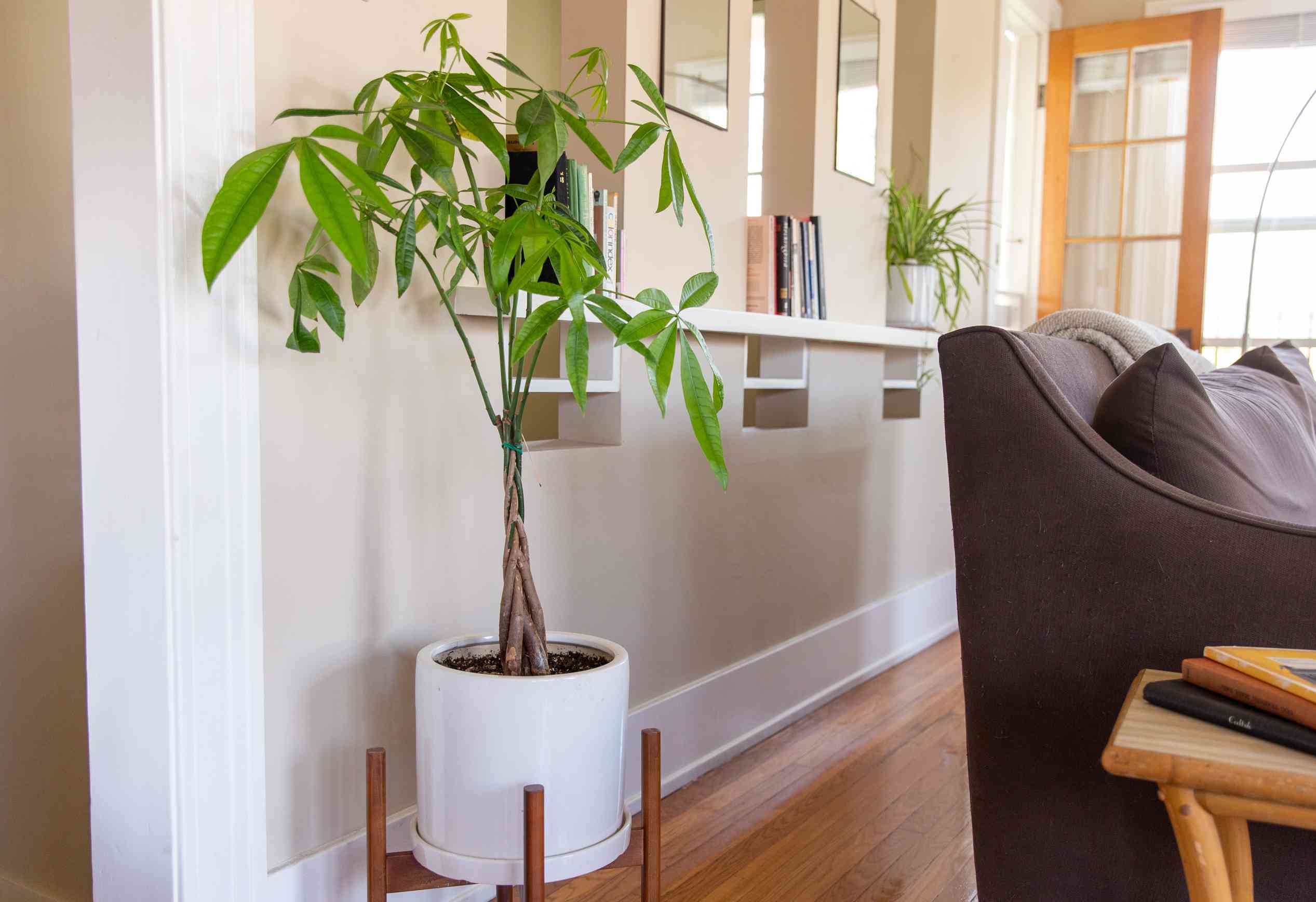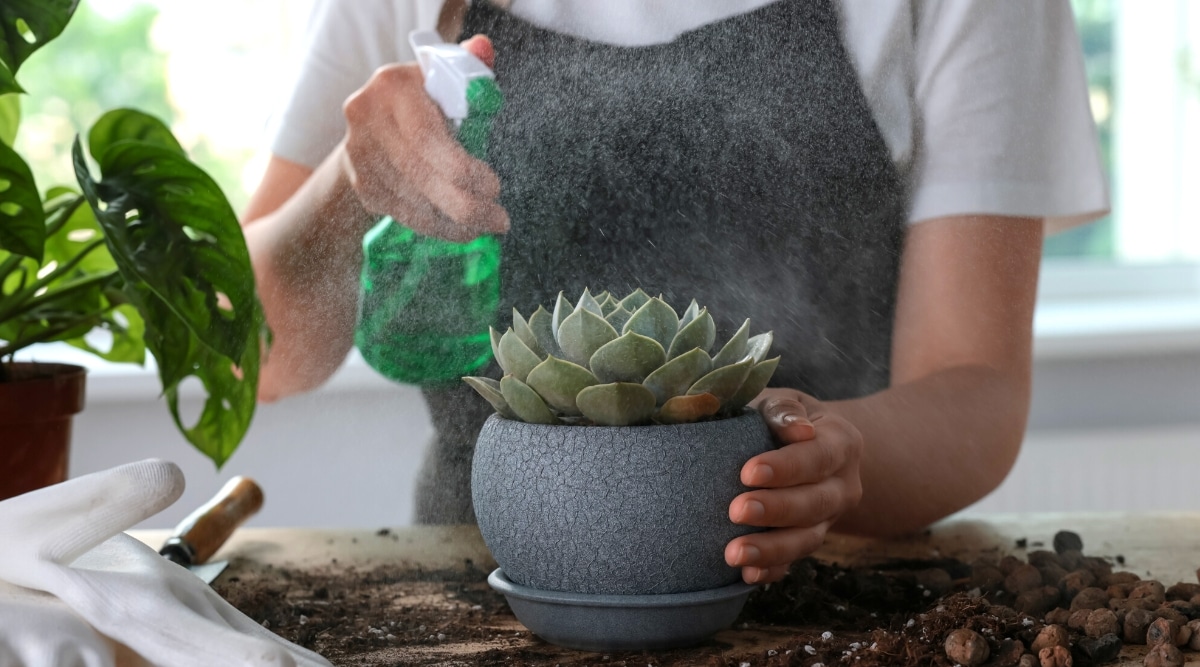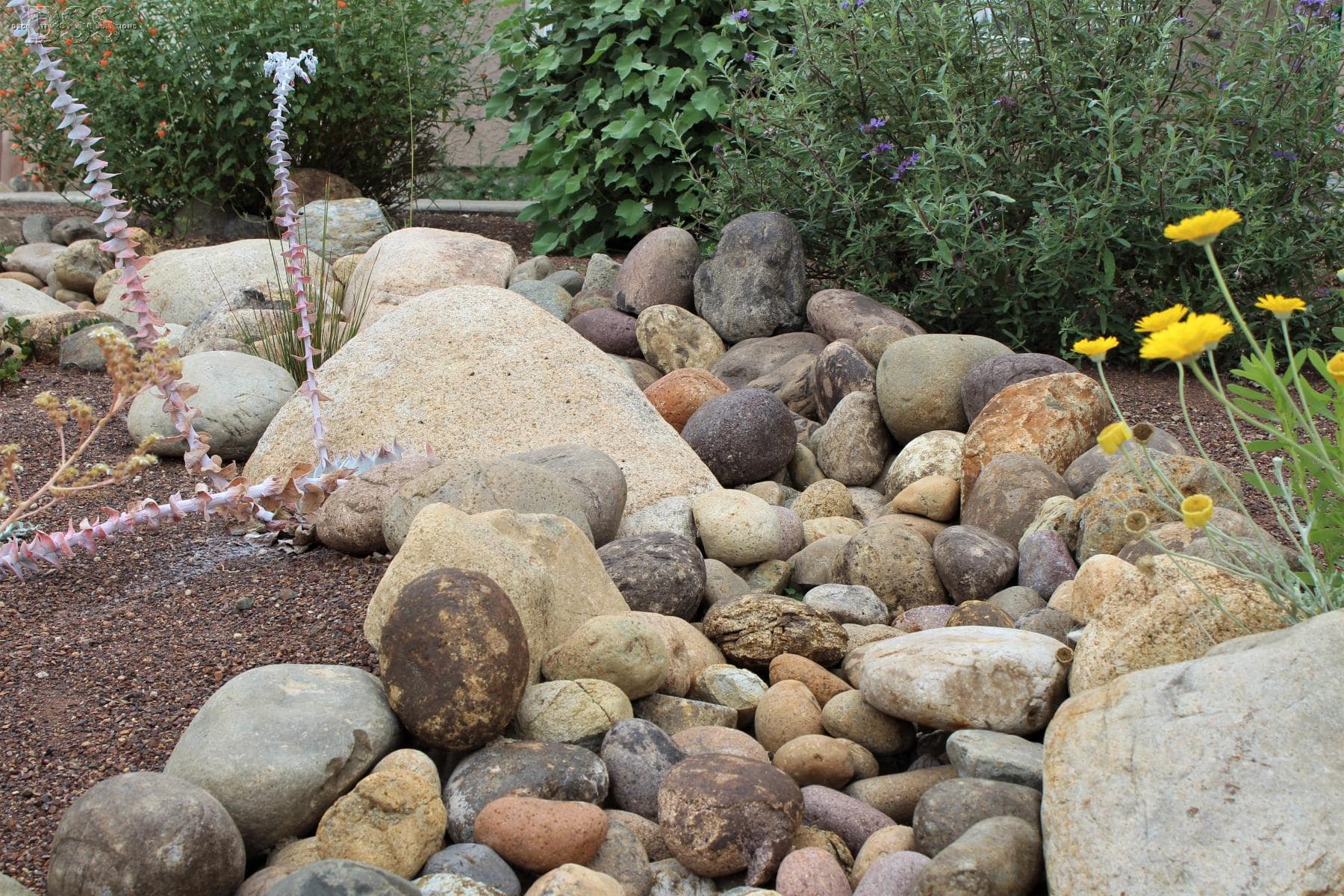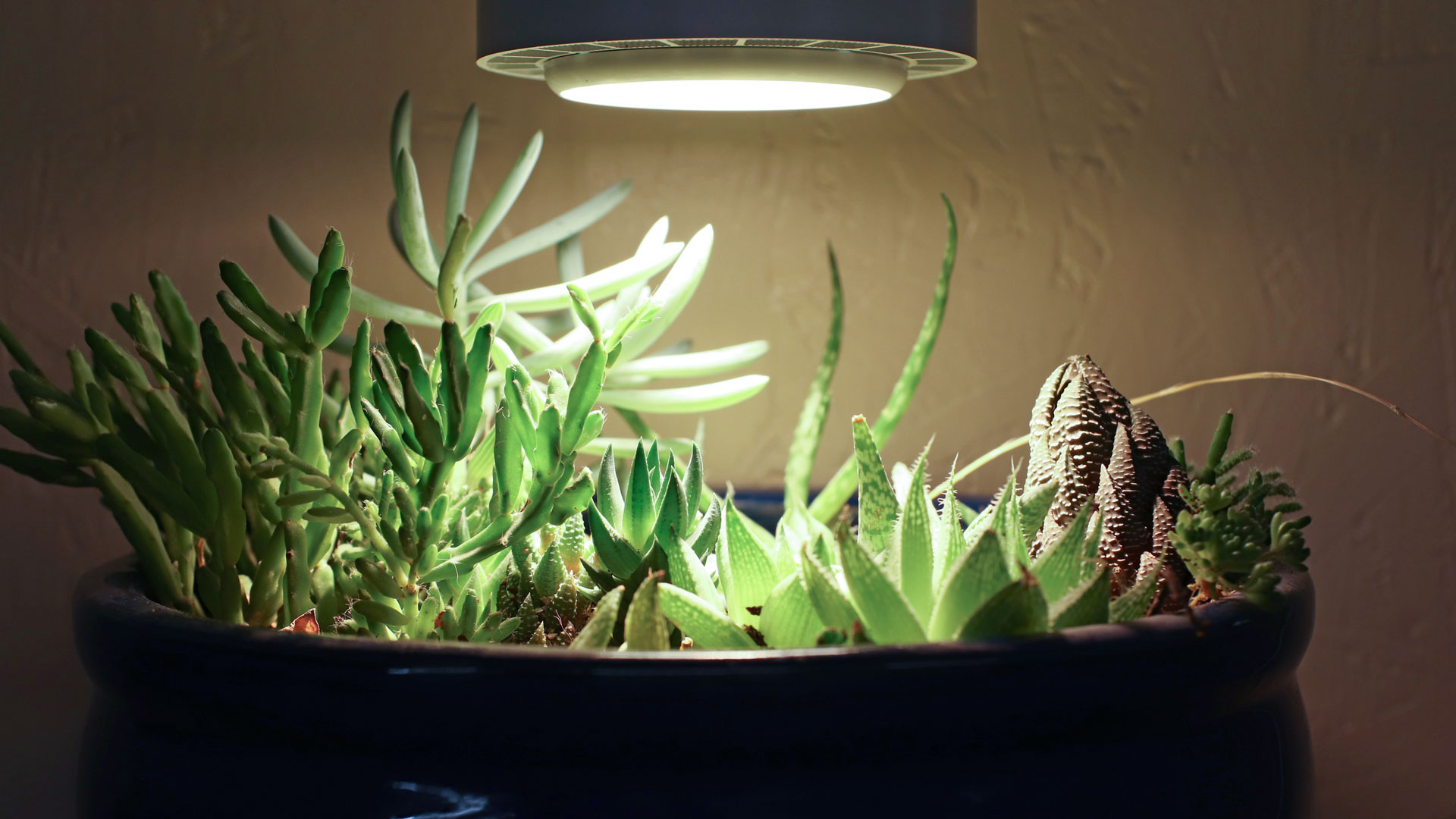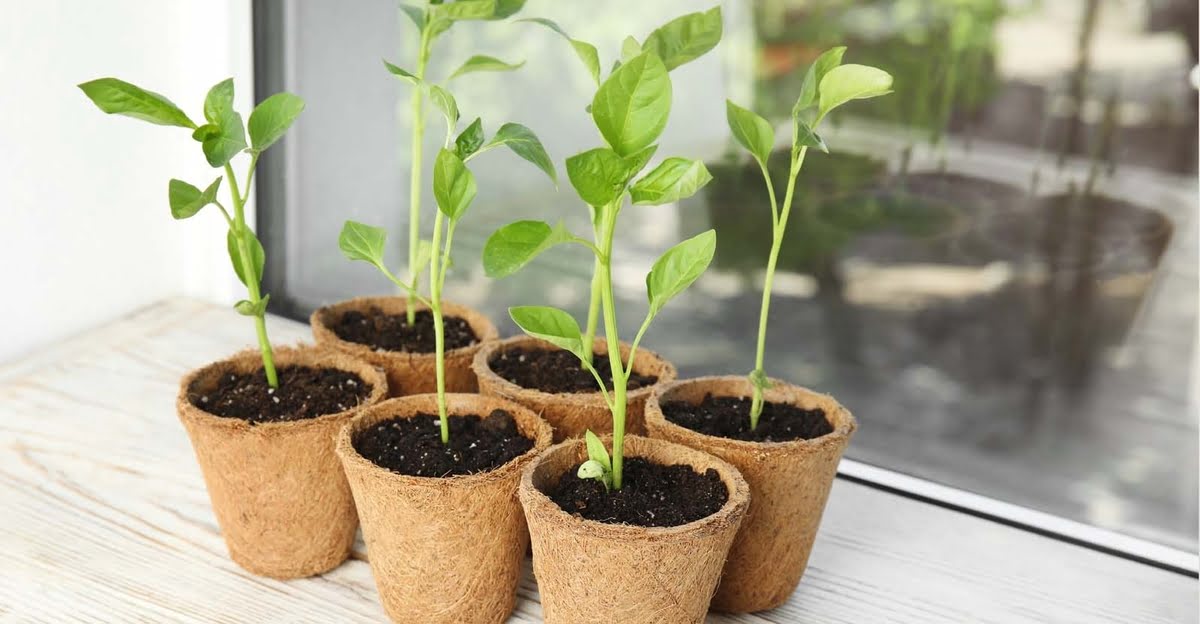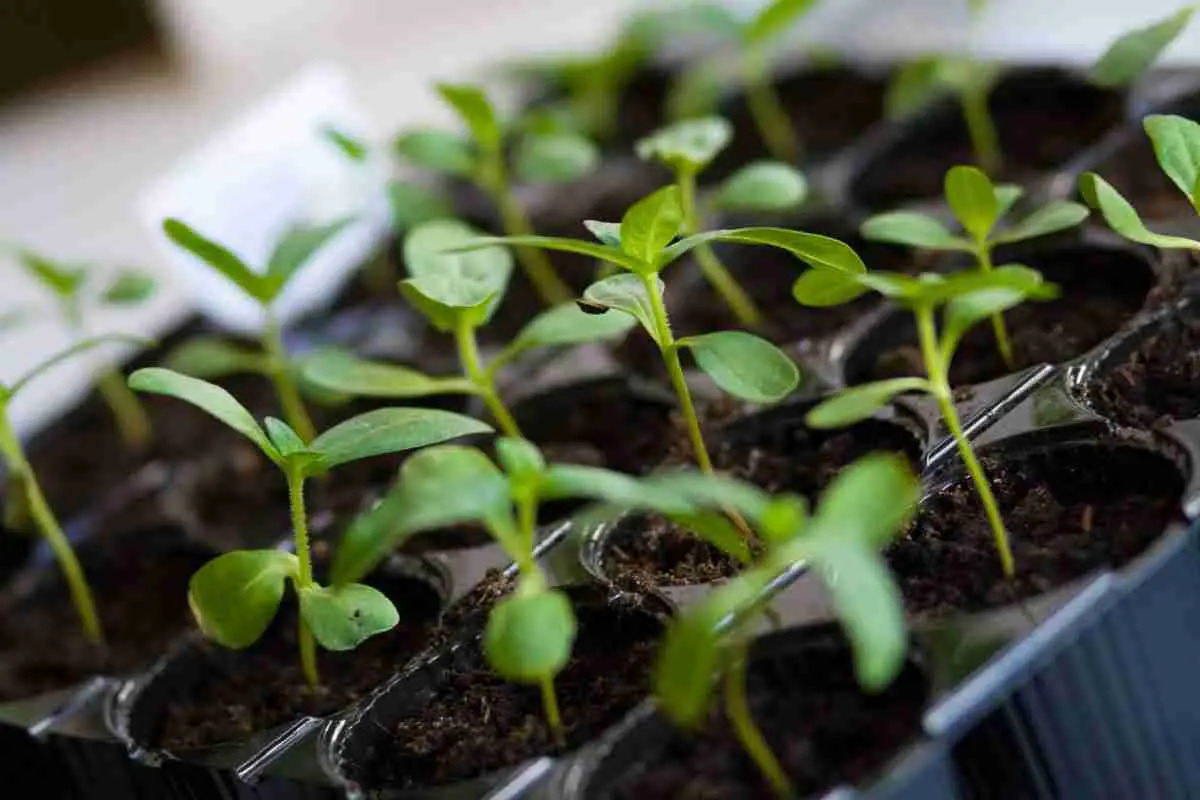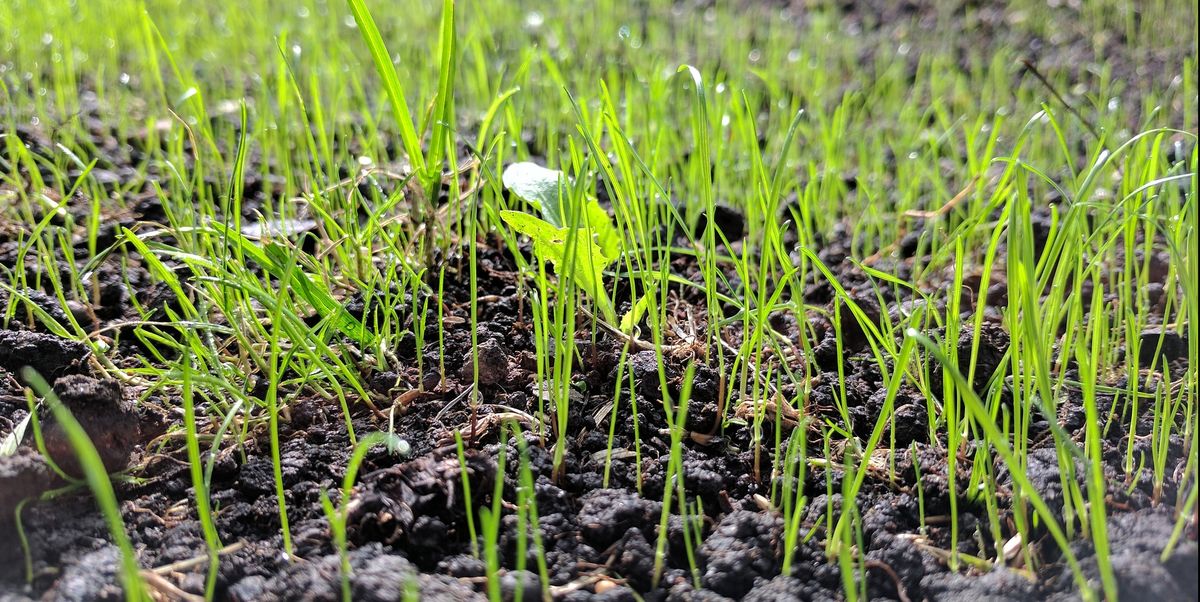Home>Gardening Techniques>Plant Care>How Much Sunlight Do Money Trees Need
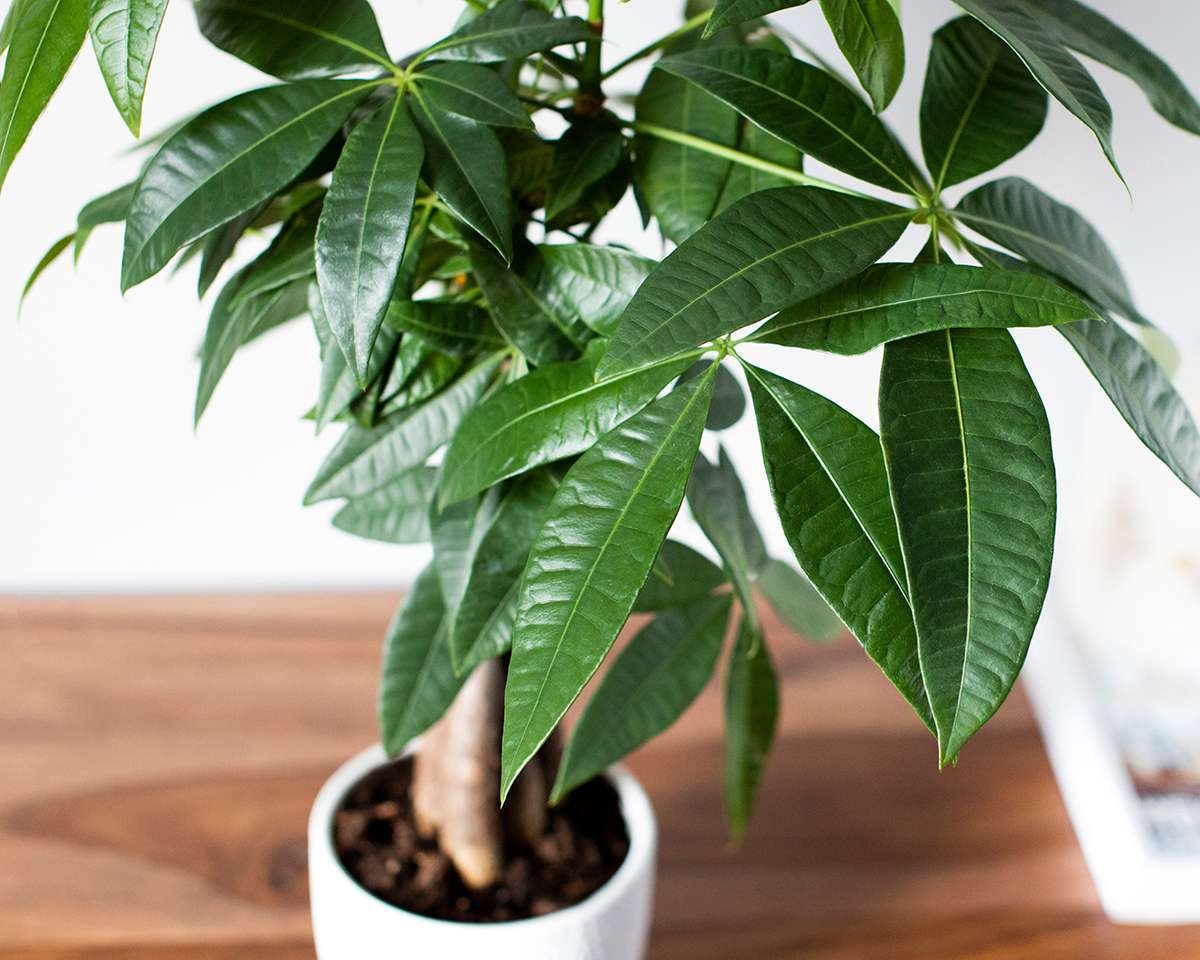

Plant Care
How Much Sunlight Do Money Trees Need
Published: October 29, 2023
Learn about plant care for money trees including how much sunlight they need. Discover the best practices to ensure your money tree thrives.
(Many of the links in this article redirect to a specific reviewed product. Your purchase of these products through affiliate links helps to generate commission for Chicagolandgardening.com, at no extra cost. Learn more)
Table of Contents
Introduction
Money trees, scientifically known as Pachira aquatica, are popular houseplants known for their unique braided stems and lush, green foliage. With their vibrant appearance and rumored financial prosperity, it’s no wonder why they have become a common addition to both homes and offices.
However, like any other plant, money trees have specific care requirements that need to be met in order for them to thrive. One of the most crucial aspects of caring for a money tree is providing it with the right amount of sunlight. Sunlight is essential for the plant’s growth and overall health, as it plays a vital role in various physiological processes.
In this article, we will explore the importance of sunlight for money trees, the factors that affect their sunlight requirements, the recommended sunlight exposure, and how to recognize signs of insufficient sunlight. We will also provide valuable tips for caring for money trees in limited sunlight to ensure their well-being.
So, if you’re a proud owner of a money tree or considering getting one, sit back, relax, and let’s dive into the fascinating world of money tree care and sunlight requirements.
Understanding Money Trees
Before we delve into the specifics of sunlight requirements for money trees, it’s important to have a basic understanding of these fascinating houseplants. Money trees, or Pachira aquatica, are native to the wetlands of Central and South America. They belong to the Malvaceae family and are commonly referred to as “Good Luck Trees” or “Money Plants” due to the belief that they bring wealth and prosperity to their owners.
Money trees are characterized by their thick, woody stems that often feature a unique braided pattern, which is created by intertwining several young plants when they are still flexible. The leaves of a money tree are shiny and typically have five small leaflets attached to a central stem. The plant can grow up to 6 feet in height when cultivated indoors.
In addition to their aesthetic appeal, money trees are also valued for their air-purifying properties. They are known to remove toxins from the air, making them a great addition to any indoor space. Plus, caring for a money tree can be a rewarding experience as they are relatively low-maintenance and can thrive in various conditions with proper care.
Now that we have a basic understanding of money trees, let’s explore how sunlight influences their growth and overall well-being.
Importance of Sunlight for Money Trees
Sunlight is an essential factor in the growth and health of money trees. As with most plants, money trees undergo a process called photosynthesis, where they convert light energy into chemical energy to fuel their growth and metabolism. Sunlight provides the necessary energy for this process to occur.
One of the primary benefits of sunlight for money trees is the production of carbohydrates, which are vital for the plant’s growth and development. Carbohydrates serve as the building blocks for various cellular processes, including the production of new leaves, stems, and roots. Adequate sunlight exposure ensures that money trees receive a sufficient supply of carbohydrates to support their growth and overall well-being.
Additionally, sunlight plays a crucial role in the synthesis of chlorophyll, the pigment responsible for the green color in plants. Chlorophyll is essential for photosynthesis as it captures sunlight and converts it into energy. Without sufficient sunlight, the production of chlorophyll may be limited, leading to stunted growth and pale, yellowing leaves in money trees.
Sunlight exposure also influences the plant’s balance of hormones, such as auxin, gibberellins, and cytokinins. These hormones regulate various physiological processes, including cell elongation, branching, and flowering. Insufficient sunlight can disrupt the hormonal balance, resulting in stunted growth, leggy stems, and reduced flower production in money trees.
Furthermore, sunlight has a positive impact on the overall resilience and disease resistance of money trees. Exposure to natural sunlight strengthens the plant’s immune system, making it less susceptible to fungal infections and other diseases. It also helps in the production of essential oils and secondary metabolites that can deter pests and promote overall plant health.
In summary, sunlight is crucial for the growth, development, and overall health of money trees. It provides the energy needed for photosynthesis, facilitates the production of essential carbohydrates and chlorophyll, influences hormonal balance, and enhances disease resistance. Now that we understand the importance of sunlight, let’s explore the factors that affect the sunlight requirements of money trees.
Factors Affecting Sunlight Requirements
The sunlight requirements of money trees can vary depending on several factors. Understanding these factors will help you provide the optimal sunlight conditions for your plant. Here are the key factors that affect the sunlight requirements of money trees:
- Plant Age: The age of a money tree can influence its sunlight needs. Younger plants typically require less direct sunlight compared to mature ones. Gradually increase the exposure to sunlight as the plant grows to avoid leaf burn or stress.
- Season: The changing seasons affect the intensity and duration of sunlight. Money trees may require different light levels during different seasons. During the hot summer months, it’s essential to protect your money tree from intense midday sun, as it may scorch the leaves.
- Location: The geographical location of your home or office can determine the amount of sunlight your money tree receives. Indoor money trees placed near windows facing south or west tend to receive more direct sunlight, while those near north or east-facing windows may get indirect or filtered sunlight.
- Indoor vs. Outdoor: Money trees can be grown both indoors and outdoors. Indoor plants receive less sunlight compared to their outdoor counterparts. Adjust the sunlight exposure based on whether your plant is grown indoors or outdoors.
- Obstacles: Obstacles such as buildings, trees, or other structures can cast shadows and block sunlight. Ensure that your money tree is placed in an area free from obstructions to receive adequate sunlight.
- Light Intensity: Different species of money trees have varying light intensity requirements. Some varieties can tolerate lower light conditions, while others thrive in bright, direct sunlight. Research the specific light requirements of your money tree species for optimal growth.
By considering these factors, you can create the ideal environment for your money tree and ensure that it receives the appropriate amount of sunlight to thrive. In the next section, we will discuss the recommended sunlight exposure for money trees.
Recommended Sunlight Exposure for Money Trees
Providing the right amount of sunlight is crucial for the health and well-being of money trees. While they can tolerate a range of light conditions, maintaining an optimal balance is key. Here are the recommended sunlight exposure guidelines for money trees:
- Indoor Money Trees: As tropical plants, money trees thrive in bright, indirect sunlight. Place your indoor money tree near a window that receives filtered or indirect sunlight for the majority of the day. Avoid placing it in direct sunlight, as this can cause the leaves to scorch or burn.
- Outdoor Money Trees: If you plan to grow your money tree outdoors, choose a spot that provides partial shade. This means the plant should receive a few hours of direct morning or late afternoon sunlight, preferably with shade during the intense midday sun. If you live in a hot climate, ensure your outdoor money tree receives some protection from the intense summer sun.
- Light Duration: Money trees generally require about 6-8 hours of sunlight each day. However, if they receive too much direct sunlight, it can lead to leaf burn or stress. Monitor your plant closely and make adjustments as needed to maintain a balance of light exposure.
Remember, every environment is unique, and each money tree may have slightly different light requirements. Pay attention to how your plant responds to the sunlight it receives. If the leaves start to turn yellow or brown, or if the plant appears leggy or stretched, it may be an indication of too much or too little light.
It’s important to note that while money trees benefit from sunlight, they can also survive in lower light conditions. However, prolonged exposure to low light levels may result in slower growth and weakened foliage. If your money tree is not receiving sufficient natural light indoors, you can supplement it with artificial grow lights that mimic natural sunlight.
By following these recommended guidelines for sunlight exposure, you can help your money tree thrive and maintain its vibrant appearance. In the next section, we will discuss the signs that indicate your money tree may be receiving insufficient sunlight.
Signs of Insufficient Sunlight
Insufficient sunlight can negatively impact the health and growth of money trees. It’s important to be aware of the signs that your plant may not be receiving enough light so that you can take appropriate action. Here are some common signs of insufficient sunlight in money trees:
- Yellowing Leaves: If the leaves of your money tree start turning yellow, especially the older leaves towards the bottom of the plant, it may be a sign of insufficient sunlight. Lack of light hampers the photosynthesis process, leading to reduced chlorophyll production and leaf discoloration.
- Leggy Growth: Insufficient sunlight can cause money trees to exhibit leggy or elongated growth. The stems may become elongated and stretched as the plant tries to reach for more light. This is a clear indication that the plant is not receiving enough sunlight and is attempting to compensate by growing taller.
- Reduced Leaf Size: If your money tree’s leaves are smaller than normal, it could be due to inadequate sunlight. Limited light availability can restrict leaf expansion and result in smaller-sized leaves compared to those grown in optimal light conditions.
- Lack of New Growth: Money trees require adequate sunlight to produce new leaves and promote healthy growth. If your plant is not receiving enough light, you may notice a lack of new growth or a significant slowdown in the emergence of new leaves.
- Thin and Sparse Foliage: Insufficient sunlight can cause money trees to have thin and sparse foliage. The plant’s overall density may be reduced as it struggles to produce enough chlorophyll and maintain healthy leaf cover.
If you observe these signs in your money tree, it’s crucial to take action to provide it with more sunlight. Move the plant to a brighter location or consider using artificial grow lights to supplement the natural light it receives.
Remember that it’s important to find the right balance when it comes to sunlight exposure. While money trees require sufficient light to thrive, excessive exposure to direct sunlight can also result in leaf damage. Monitoring your plant’s response to light will help you determine the ideal placement and duration of sunlight exposure.
In the next section, we will discuss tips for caring for money trees in limited sunlight, allowing you to provide the necessary conditions for their well-being.
Caring for Money Trees in Limited Sunlight
If you find yourself in a situation where your money tree is unable to receive an adequate amount of natural sunlight, there are steps you can take to ensure its well-being. Here are some tips for caring for money trees in limited sunlight:
- Optimize Placement: Place your money tree near the brightest window available. Even though the light may be limited, maximizing exposure to natural light is crucial. Additionally, rotate the plant periodically to ensure all sides receive equal sunlight.
- Supplement with Artificial Lighting: If the available natural light is insufficient, consider using artificial grow lights. LED grow lights are ideal for providing the specific spectrum of light that plants need. Position the lights close to the plant, ensuring they are on for 12-16 hours a day to compensate for the lack of natural sunlight.
- Consider Shade Cloth: If growing your money tree outdoors, use a shade cloth to filter and reduce the intensity of sunlight. This will help protect the plant from excessive exposure while still allowing it to receive some light.
- Monitor Watering: When exposing your money tree to limited sunlight, be cautious with watering. Lower light conditions can slow down the plant’s growth and metabolism, so the plant may require less frequent watering. Allow the top layer of soil to dry out slightly before watering, and ensure proper drainage to prevent root rot.
- Fertilize Regularly: Since your money tree may not receive as much sunlight, it will require fewer nutrients. Use a balanced, water-soluble fertilizer at half the recommended dosage to provide essential nutrients without overfeeding the plant.
- Pest Prevention: In limited sunlight, plants can become more susceptible to pest infestations. Keep a close eye on your money tree for signs of pests such as spider mites or aphids. Regularly inspect the leaves and wipe them gently with a damp cloth to remove any pests and prevent further damage.
By following these care tips, you can help your money tree thrive, even in limited sunlight conditions. Remember to regularly assess your plant’s response to the light it receives and make adjustments as needed. With proper care and attention, your money tree can flourish and continue to bring beauty and prosperity to your space.
Tips for Providing Adequate Sunlight
While money trees can tolerate low light conditions, providing them with adequate sunlight is essential for their optimal health and growth. Here are a few tips to ensure your money tree receives the right amount of sunlight:
- Know Your Tree’s Light Requirements: Different species of money trees have varying light requirements. Research the specific light preferences of your money tree to understand how much sunlight it needs.
- Find the Ideal Spot: Place your money tree in the best location that provides the right balance of sunlight. For indoor plants, choose a spot near a window that offers bright, indirect light. Outdoor plants should be positioned in a partially shaded area.
- Observe the Sun’s Path: Monitor how sunlight moves throughout the day and the seasons. Adjust your money tree’s placement accordingly to ensure it receives the optimal amount of sunlight at different times of the year.
- Use Shades or Curtains: If your money tree is exposed to intense afternoon sun, use shades or curtains to filter the light. This will help protect the leaves from the risk of sunburn.
- Rotate Regularly: To ensure even growth and balanced exposure to sunlight, rotate your money tree every few weeks. This prevents one side from receiving more light than the others, promoting even foliage development.
- Watch for Leaf Discoloration: Monitor your money tree’s leaves regularly for signs of discoloration. If the leaves start to turn yellow or brown, it may be an indication that the plant is receiving too much or too little sunlight. Adjust the positioning accordingly.
- Consider Outdoor Stints: If weather permits, consider bringing your money tree outdoors for a short period. Outdoor exposure to natural sunlight can be beneficial for the plant’s overall health and growth.
- Supplement with Grow Lights: If you’re unable to provide sufficient natural light, consider using artificial grow lights. LED grow lights are energy-efficient and can provide the necessary light spectrum for your money tree’s growth.
Remember, striking a balance is key when it comes to sunlight exposure for your money tree. Pay attention to how the plant responds to its current location and adjust accordingly. With proper care and attention, your money tree will thrive and bring beauty to your home or office.
Conclusion
Sunlight plays a vital role in the health and well-being of money trees. Understanding the importance of sunlight for these plants and providing them with the right amount of exposure is key to their growth and overall vitality.
Money trees require bright, indirect sunlight for optimal growth. While they can tolerate lower light conditions, it’s important to strike a balance and avoid overexposure or inadequate sunlight. Understanding the factors that influence their sunlight requirements, such as plant age, season, and location, allows you to create the ideal environment for your money tree.
Monitoring your money tree for signs of insufficient sunlight, such as yellowing leaves, leggy growth, or reduced leaf size, will help you identify if adjustments need to be made. Providing additional sunlight through artificial grow lights or optimizing the plant’s placement near a window can help compensate for limited natural light.
By following the recommended sunlight exposure guidelines and incorporating care tips for money trees in limited sunlight, you can ensure the well-being of your plant. Remember to monitor watering, fertilize appropriately, and watch out for pests to maintain a healthy and vibrant money tree.
Caring for your money tree and providing it with adequate sunlight not only ensures its growth but can also bring a sense of satisfaction and joy as you witness its flourishing beauty. Whether a small indoor plant or a stunning outdoor display, your money tree can thrive and continue to bring prosperity to your space with the right care and attention.
